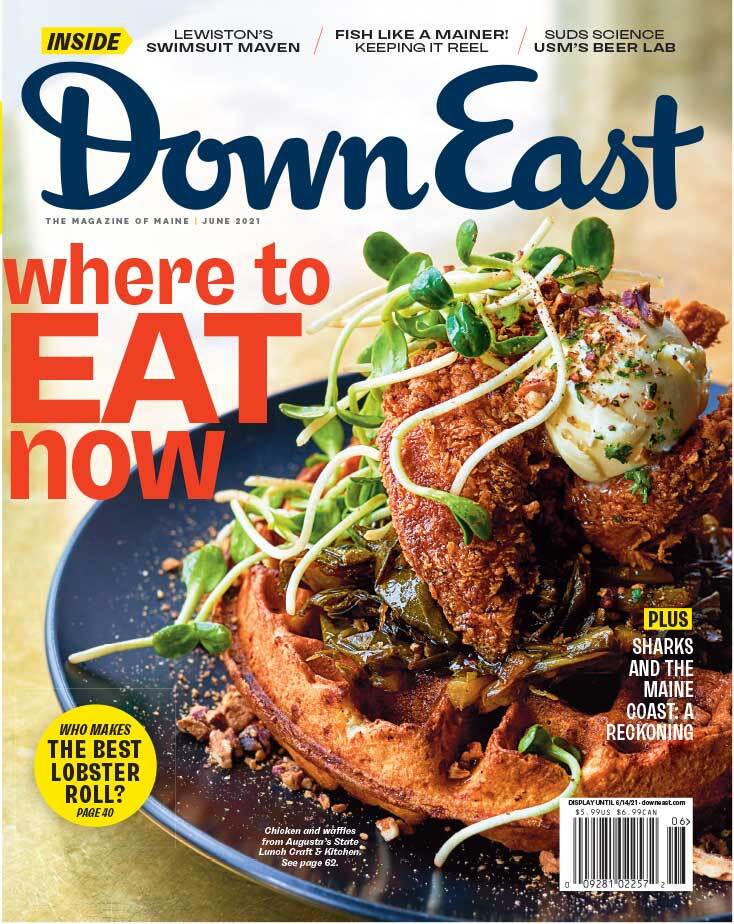By Jaed Coffin
Photographed by Dave Dostie
To most anglers in Maine, landing a catfish (also called a bullhead or hornpout) is no special prize. But to many Southeast Asians in this state, catching — and eating — the Ameiurus nebulosus offers a deep connection to culture.
Pone Vattaso, of Sabattus, grew up on the banks of the Mekong River, in Vientiane, Laos. There, catfish — fried whole, steamed, in salad and curry — is a staple of local cuisine. Every April, to celebrate the traditional New Year, residents of Thailand, Laos, and Cambodia will pray for the arrival of the Mekong giant catfish, a highly endangered river beast that can weigh over 600 pounds (as large as a full-grown female moose).
“Back home,” Vattaso says, “we fish to feed the family.” Since arriving in Lewiston in 1981, he and his wife, Ornthao, have made their living in the restaurant business: for nearly 20 years, they owned Brunswick’s Bangkok Garden, and last fall, they opened the takeout-only Thai Spice, in Manchester. Though catfish isn’t on their menu, they do serve a wicked pla rad prik —“spicy fish” — made with local haddock.
To sate his catfish cravings, Vattaso often stalks the muddy banks of Bowdoinham’s Cathance River, a crooked finger of brackish water that feeds into Merrymeeting Bay. Here thrives Maine’s scale-less species, specimens of which usually run 10 to 14 inches and weigh 1 to 2 pounds. On a good day, Vattaso can fill a bucket with real lunkers (“about the size of my arm,” he says, wrist to elbow) and he likes to cook them in a traditional way: deep fried, garnished with kaphrao (or holy) basil, lime leaf, galangal root, garlic, chili pepper, and fish sauce. “But the catfish back home,” Vattaso says, “they always taste much better.”
One night in mid-April, I went to Vattaso’s spot on the Cathance with a friend who grew up fishing these waters. Though Pone prefers mackerel as bait, rigged with a single hook and sinker, just about any meat will do. We chose hunks of raw chicken. Beneath a vivid rainbow, we were blessed with beginner’s luck: we landed two large catfish, each pushing 3 pounds. (According to the Department of Inland Fisheries and Wildlife, the state record for a white catfish is a 6.69-pounder caught in Albion in 2015. The state doesn’t keep records for brown bullhead, Maine’s other catfish.)
Though Southeast Asia is some 8,000 miles away, it felt at least a little meaningful bringing the catfish home to my Thai mother during the peak of Songkran season (the name of the Thai New Year festival), a delicious, if inexact, reminder of home.
The only other fishermen at Pone’s spot that evening: three Cambodians who’d driven two hours north from Lowell, Massachusetts, after hearing about the quality of Maine catfish from friends. By nightfall, they’d filled up their coolers with smaller one-pounders. Their choice of bait: clams.




